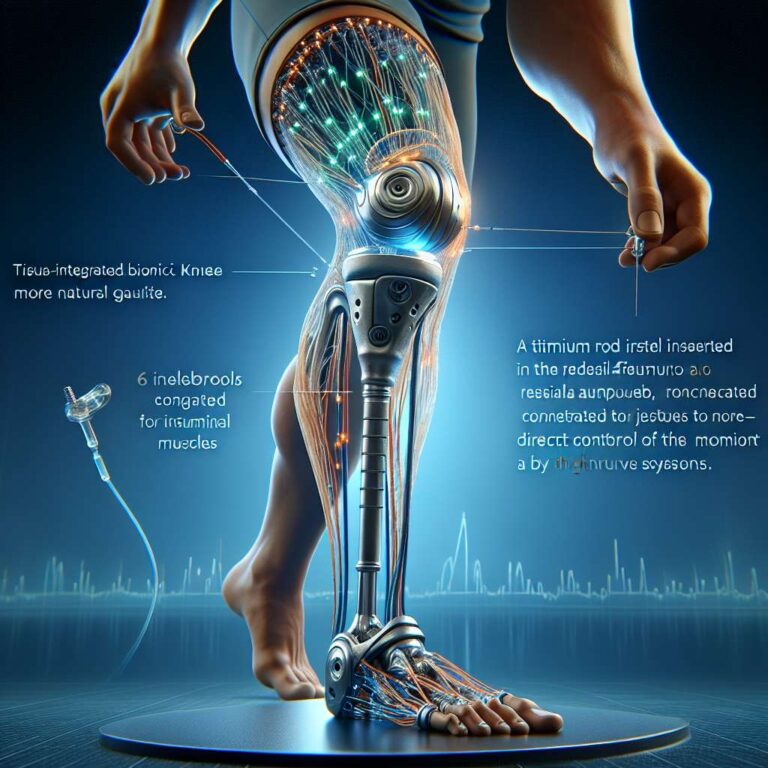MIT researchers have developed a bionic knee that is directly integrated with a user’s muscle and bone tissue, aiming to restore a more natural gait for people with above-the-knee amputations. Unlike traditional socket-based prostheses, which can be uncomfortable and limit stability, the new system anchors to the residual femur and is controlled by the nervous system. Early evidence suggests users can walk faster, climb stairs, and navigate obstacles with greater ease, reflecting improvements in both mechanical support and intuitive control.
The work builds on techniques pioneered by Hugh Herr, co-director of the K. Lisa Yang Center for Bionics, to extract neural information from residual muscles after amputation. Known as the agonist-antagonist myoneuronal interface, or AMI, this method has previously helped people with below-the-knee amputations move more naturally. In the latest study focused on above-the-knee amputations, surgeons inserted a titanium rod into the residual femur. The implant improves load bearing and mechanical control while housing 16 wires that relay signals from electrodes on AMI muscles inside the body, enabling more precise neuroprosthetic control of the limb.
In a clinical study, two recipients of the implant outperformed peers using conventional above-the-knee prostheses on multiple tasks, including stair climbing, and reported that the limb felt more like part of their own body. As Hugh Herr describes it, a prosthesis that is tissue-integrated and directly controlled by the nervous system becomes an integral part of self rather than a separate device. The research team notes that larger clinical trials will be required to secure FDA approval for commercial use, a process they estimate could take about five years.

